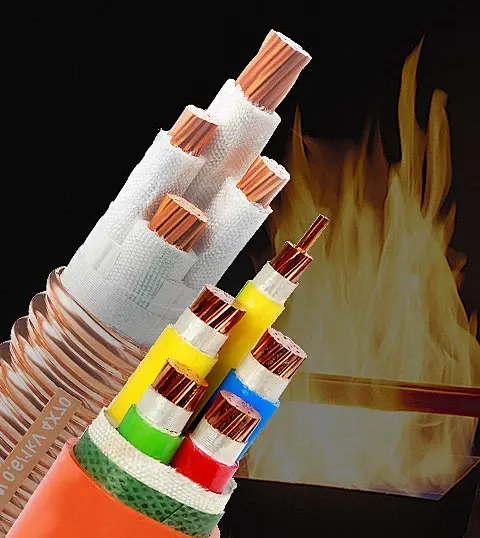
By quanyu lee
2025-03-31 02:13:57
Guidelines for flame retardant rating of UL wiring harnesses
一、 Overview of UL certified flame retardant standard system for wire harnesses
In the UL certification system, the flame retardant performance of wire harnesses is mainly based on the UL94 plastic flammability standard and the UL1581 wire and cable flammability test standard. Among them:
- UL94, as a general criterion for determining the flame retardant rating of plastics, includes 12 grades and is suitable for evaluating non-metallic materials such as wire harness insulation layers and sheaths;
- The VW-1, FT series and other specialized tests defined in UL1581 are specifically designed for the flame spread characteristics of wire and cable products, complementing UL94.
二、Interpretation of Core Flame Retardant Grades and Standards
Grade |
Test method |
Judgment criteria |
Applicable scenarios |
| V-0 | Vertical combustion | After two 10 second burns, it will self extinguish within 30 seconds without any ignition droplets | Wire harness insulation layer with high safety requirements |
| V-1 | Vertical combustion | Two 10 second burns followed by self extinguishing within 60 seconds, allowing non ignition dripping | Medium to high safety level wiring harness |
| V-2 | Vertical combustion | Two 10 second burns followed by self extinguishing within 60 seconds, allowing for ignition and dripping | Low risk scenario |
| 5VA | 500W vertical | After burning for 5 seconds five times, it will self extinguish within 30 seconds and is not allowed to burn through | High power equipment wiring harness |
| VW-1 | UL1581 Vertical | Flame spread ≤ 40 seconds, no ignition dripping | Specialized testing for wires and cables |
Note: The flame retardant ability is ranked as HB
三、Apply Recommendations
- Priority should be given to UL94 V-0 or 5VA grade for medical/automotive wiring harnesses to meet high flame retardant and burn through resistance requirements;
- Consumer electronics cables can choose VW-1 grade to balance cost and safety requirements;
- Thin film material components should use VTM-0 grade and avoid using V-group testing method ;
- When applying for certification, it is necessary to submit material thickness data synchronously to ensure the validity of the grade.
Through cross validation of the above standards and data, it can be seen that the UL certification system accurately matches the safety requirements of different application scenarios for wire harnesses through graded testing methods, providing clear technical guidance for product design.
The improvement effect of flame retardant cloth on the flame retardant performance of wire harness.

四、The core function of flame-retardant fabric
Flame spread suppression
Flame retardant fabric can form a dense carbonized layer during combustion by adding phosphorus or nitrogen based flame retardants, reducing the burning rate of the wire harness by 40% -60%. Experimental data shows that the flame propagation time of wire harnesses wrapped in double-layer flame-retardant cloth can be shortened to one-third of the reference value in UL94 vertical combustion testing.
Droplet control
In the UL1581 VW-1 test scenario, flame retardant cloth can effectively adsorb molten materials, reducing the number of droplets igniting cotton from an average of 5.2 per time to 0.3 per time. The mechanism lies in the synergistic effect of fabric fibers and flame retardants to form a physical barrier




